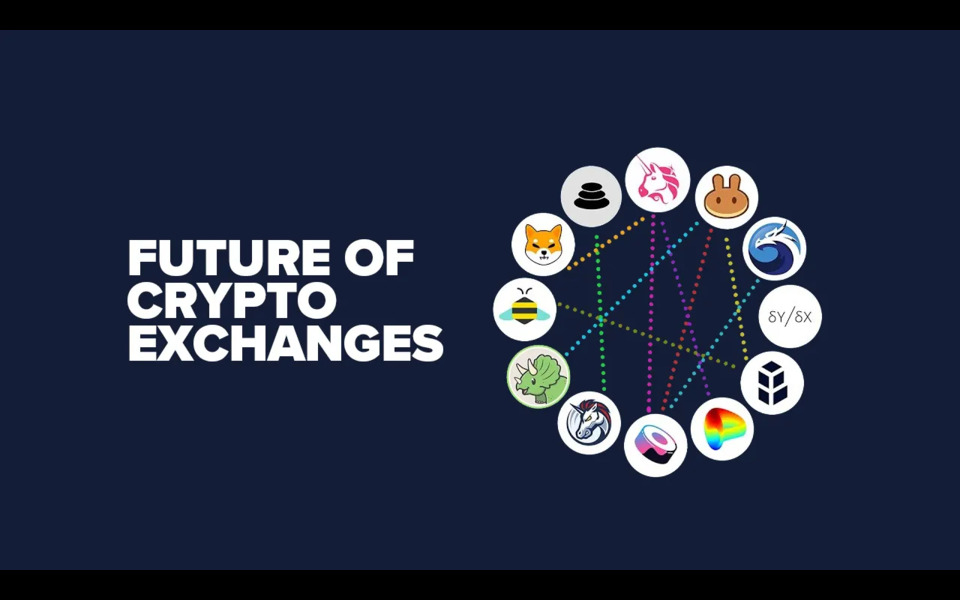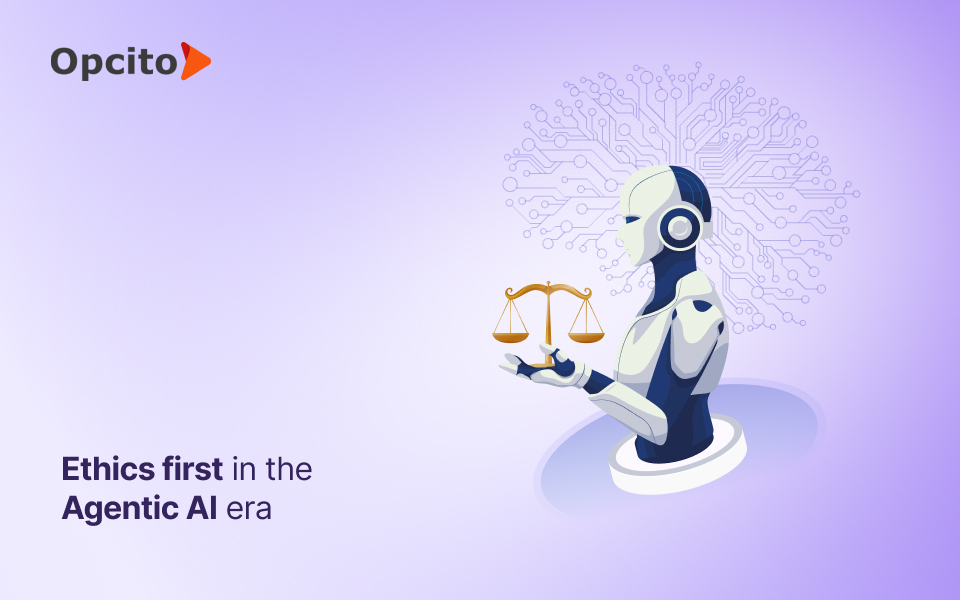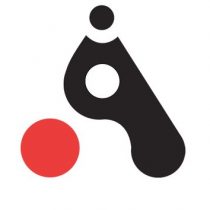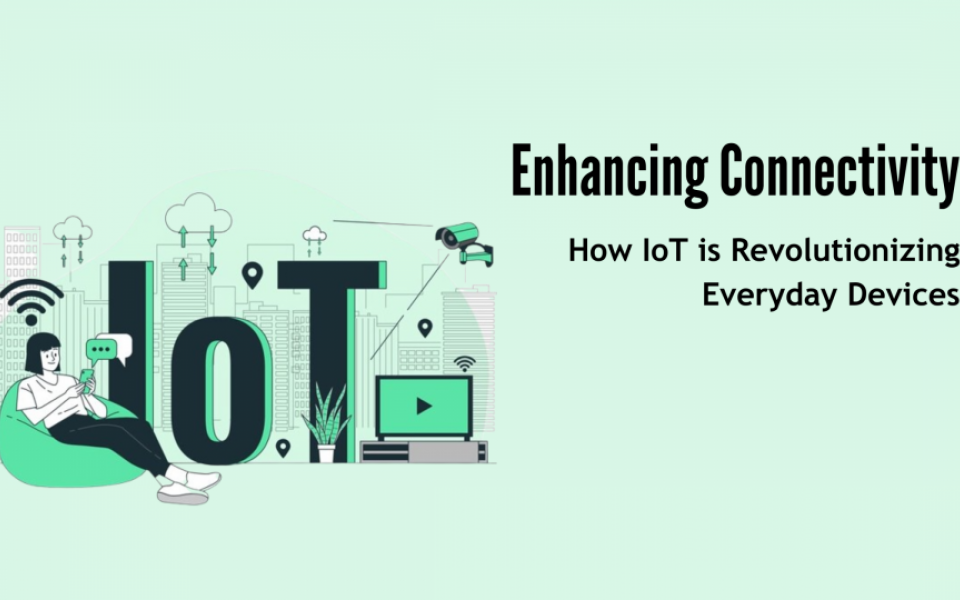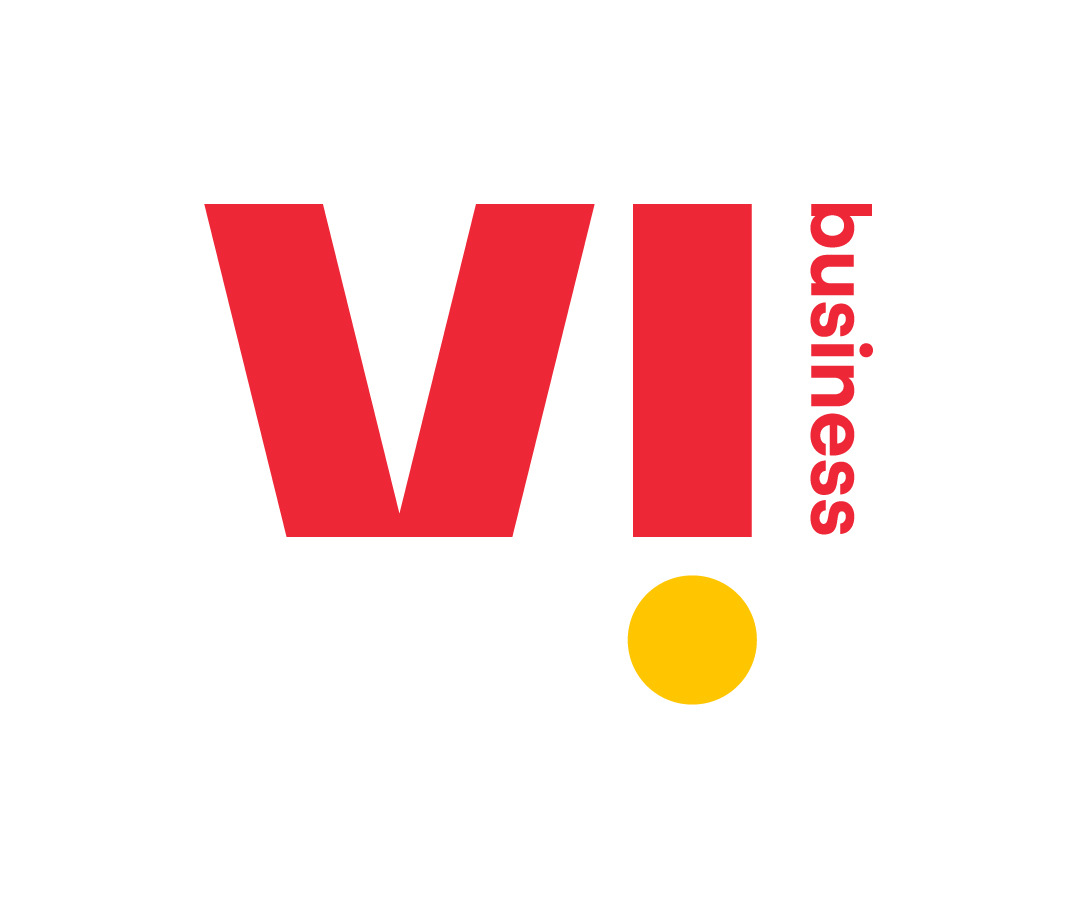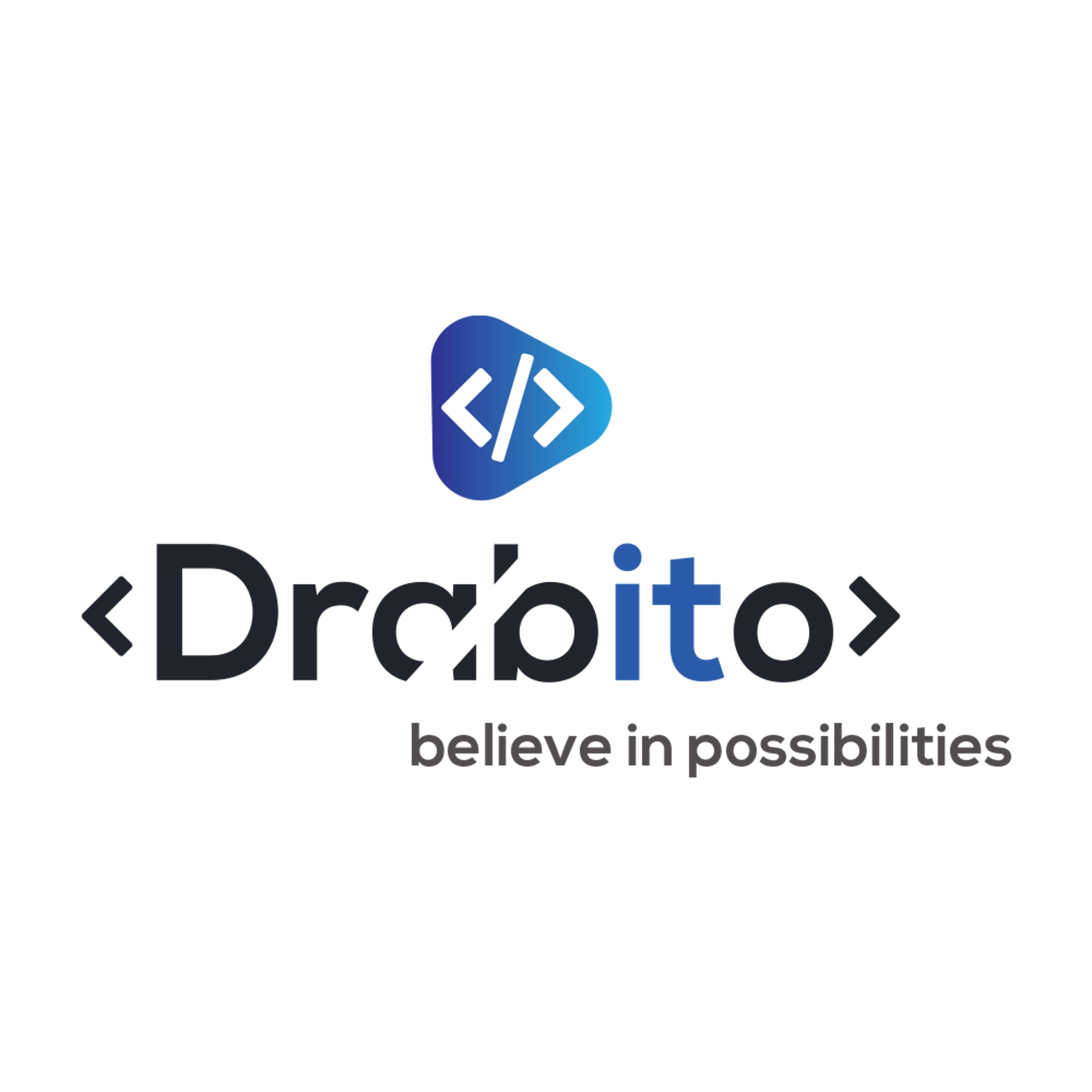The era of digital transformation is not only upon us, it is already in full swing, accelerating at a blistering pace and reimagining every aspect of our lives. Connectivity, predictability, simplicity, and, therefore, speed and agility, are the digital building blocks critical to future success for all businesses. A successful and profitable business manages its expenses and revenue and, as digitization sweeps the world, puts IT and OT convergence, the Industrial Internet of Things (IIoT), and collaboration solutions to work to gain better visibility into expenses and better manage revenue priorities.
Profitability can be managed much more closely and more widely across a business than ever before – taking into consideration ALL the inputs that make your company profitable. Finding the sweet spot between the orders in your pipeline and what you will have to spend to produce those orders profitably can be made much easier by digitally managing the planning and order inputs, resources/waste, and production assets.
With connected products and control systems, in addition to apps, analytics, and services, you can connect the systems that monitor not only the money coming in, but also the money going out for things like wages, raw materials, and equipment maintenance.
Planning management
The convergence of production and planning data, and putting this information into the context of external factors that will affect your business can have a real and meaningful impact on the profitability of your production. Think about how the weather affects a farmer in real time: Thunderstorms (or worse) can influence logistics – a deluge can make roads impassable for heavy transportation; high winds can interfere with irrigation (and, therefore, production quality) by spraying water in the wrong direction. Rain can also influence the production schedule of an open pit mine in multiple ways – wages for staff who are onsite but not able to work, crippled transportation can hold up the supply chain and so on. In these scenarios, integrating weather forecasts with production and planning schedules can help businesses make better, more informed decisions like delaying production until profitability can be maximized.
Customer order management
Digitizing customer orders and managing them across all business inputs can protect and enhance the profitability of your business. This is achieved through the convergence of operational technology data and information technology systems, giving you the ability to intelligently put information into context so you can make the right decision about how to profitably produce each order. Digitization also helps you provide speedy customer service by giving you the visibility you need to promptly answer customer queries regarding when their orders will be produced and shipped, and at what price.
Digitized order management means being able to put all the information related to an order – like the terms & conditions, unit revenue, product details, quantities and timing – into the context of not only production and planning data, but also information on the availability and price of raw materials, and the cost of energy at the time production is scheduled. In addition, by linking HR systems, human costs can be calculated in terms of wages, workforce availability, and the potential cost of hiring additional human resources. For example, if you are a European manufacturer and you receive a big order in August, most if not all your workforce will be on vacation. Should you then hire temporary staff or call your workers back from their holidays, and at what additional cost?
Resource management
Resource management is another key element when managing profitability, and one of the primary resources where better management can increase profitability is energy. Digitized systems deliver data so you can see where and how much energy is being wasted throughout a plant or even at the machine level. Armed with this information, you are better able to make informed decisions, in real time, that can reduce your energy expenditure without impacting production. The result is enhanced profitability.
In addition, material waste can also be optimized by digitizing a process and using a digital twin to design an object and its production tool – one optimizes the other to arrive at a happy medium between functionality and productivity by minimizing the amount of material wasted in production. Using digital tools to reach the point where profitability is maximized also reduces risk in real-life production.
Asset management
Connecting production assets makes it possible to optimize their use by ensuring the point of best operation is reached without damaging the asset. Connected products are also easier to maintain throughout their lifetime by being able to carry out maintenance before an asset is damaged.
Consider, for example, that a single machine can impact your ability to deliver new orders profitably. If the machine is accelerated to deliver more throughput, does the increased vibration on the machine become dangerous? Or, is the machine currently underperforming and do you have the ability to push it a bit more? What about the heat that the machine generates – does it have to cool every 12 hours so that it can’t run a 24-hour shift? This will impact your ability to run more shifts when big orders come in, and in turn, will affect the number of staff needed, along with many other variables. Thanks to digitization, you can leverage machine performance data that is collected from a connected machine to help you decide about your capacity to take on new orders profitably. In terms of profitability in this example, asset management is about making sure your assets aren’t damaged while pushing for greater profitability.
Knowledge management
At the apps, analytics, and services layer, software for predictive modelling can have a real impact on the profitability of a business. Knowledge management solutions built on a central database can improve work processes and share knowledge across a broad spectrum of users across an organization. The result is improved understanding of, and better responsiveness to, product quality – meaning business planning can be optimized and better business decisions can be made quickly.
If we take an example in the Oil & Gas industry, software that ensures that anyone who uses crude oil data across a business has access to the most consistent and up-to-date information across divisions including planning, scheduling, trading and operations, drives collaboration and means all divisions can contribute to making effective business decisions, and thus optimizing profitability.
As you can see, digitization allows the convergence of data from planning and production, customer orders, waste and asset management, with IT data and analytics to “virtually” visualize the profitability of a project before it’s even started. In the future, we are looking at how extending the reach across the complete ecosystem of an industrial automation business and bringing together technology partners, suppliers, system integrators and machine integrators, and other players, and giving them the space to work together to on a true business platform will improve profitability end to end.
“Reprinted with permission, original blog was posted here”. You may also visit here for more such insights on the digital transformation of industry.
About ARC Advisory Group (www.arcweb.com): Founded in 1986, ARC Advisory Group is a Boston based leading technology research and advisory firm for industry and infrastructure.
For further information or to provide feedback on this article, please contact lkanickaraj@arcweb.com
About your guest blogger
 Loic Regnier is a native of France with a background in engineering and marketing management. Loic joined Schneider Electric in 1997. Since then, he has held a number of roles in France and other area in the world (Italy, South Asia, Pacific countries and South Africa) – across a broad area of the business, including marketing, business development, project management, Global Accounts management and alliances.
Loic Regnier is a native of France with a background in engineering and marketing management. Loic joined Schneider Electric in 1997. Since then, he has held a number of roles in France and other area in the world (Italy, South Asia, Pacific countries and South Africa) – across a broad area of the business, including marketing, business development, project management, Global Accounts management and alliances.
Today, Loic is the VP, Strategic Thought Leadership, Industry Business for Schneider Electric.






 Loic Regnier is a native of France with a background in engineering and marketing management. Loic joined Schneider Electric in 1997. Since then, he has held a number of roles in France and other area in the world (Italy, South Asia, Pacific countries and South Africa) – across a broad area of the business, including marketing, business development, project management, Global Accounts management and alliances.
Loic Regnier is a native of France with a background in engineering and marketing management. Loic joined Schneider Electric in 1997. Since then, he has held a number of roles in France and other area in the world (Italy, South Asia, Pacific countries and South Africa) – across a broad area of the business, including marketing, business development, project management, Global Accounts management and alliances.
